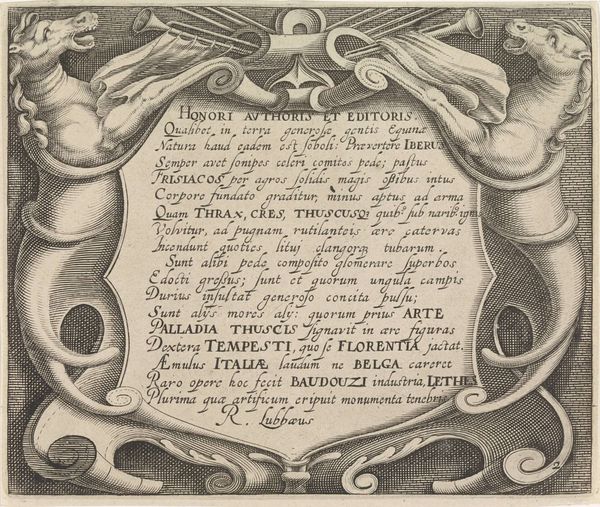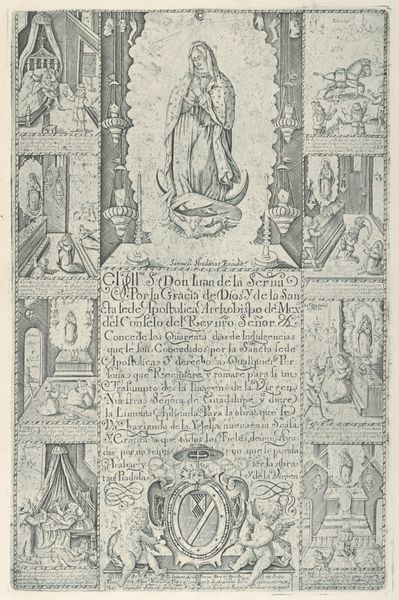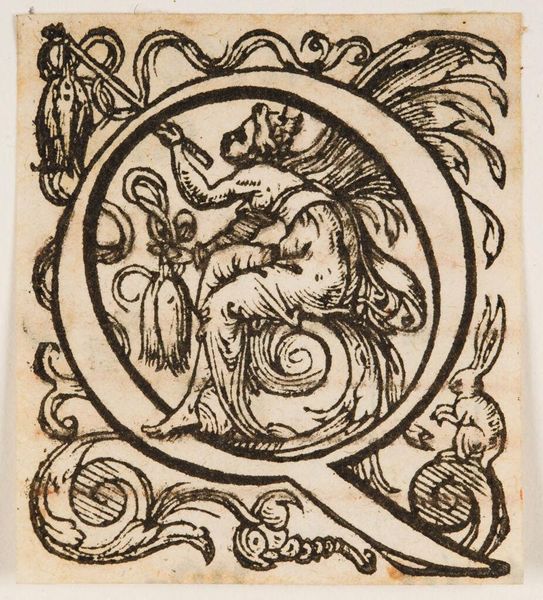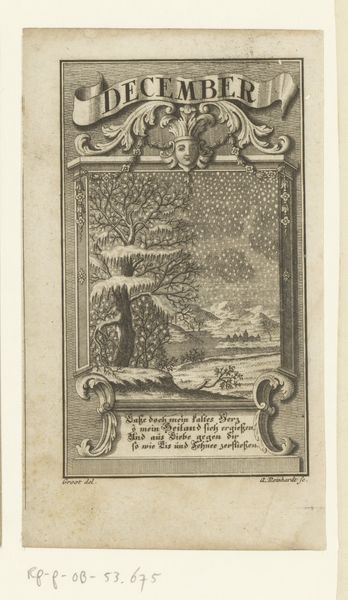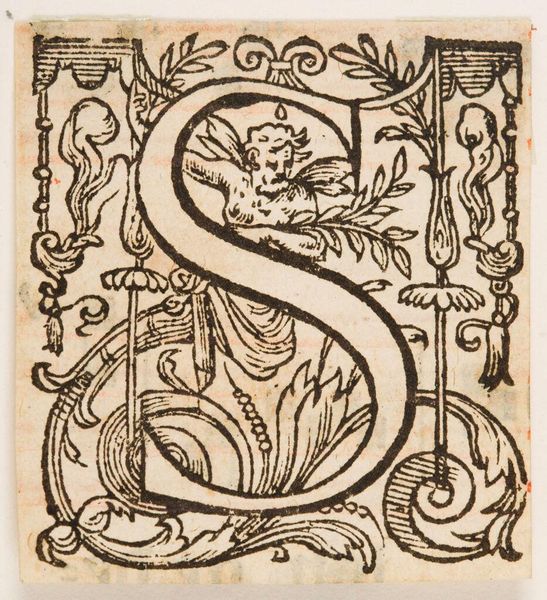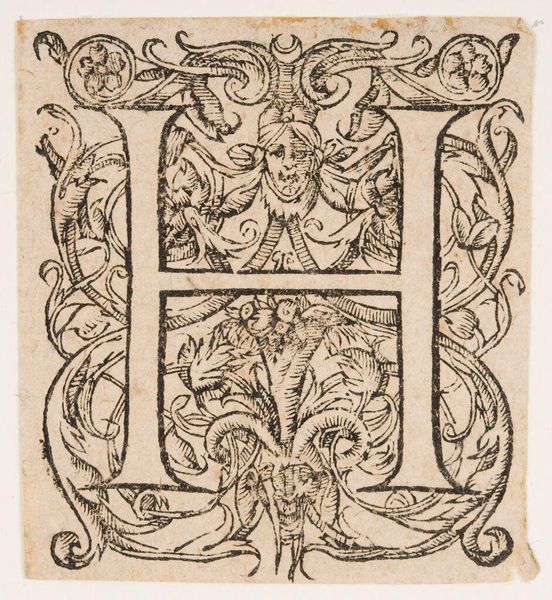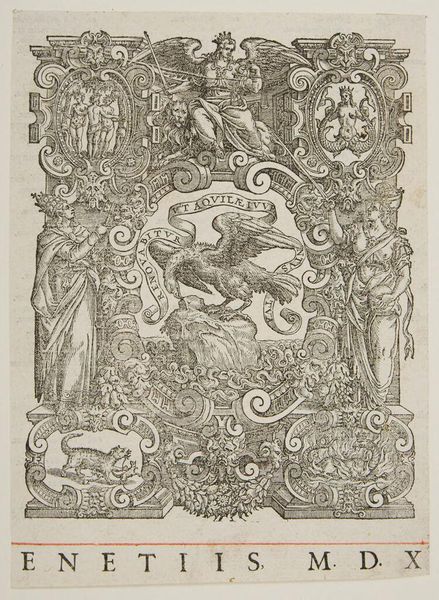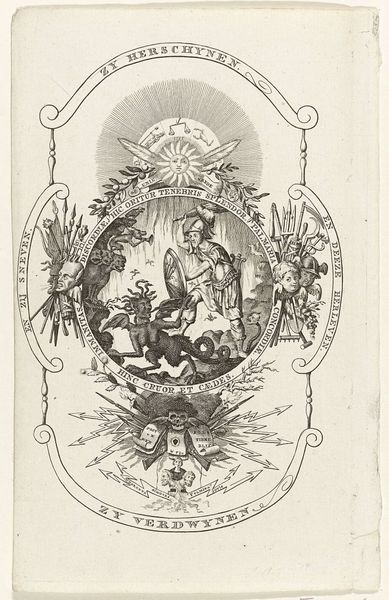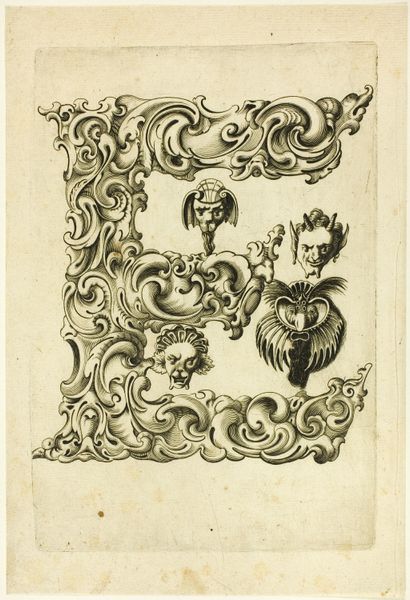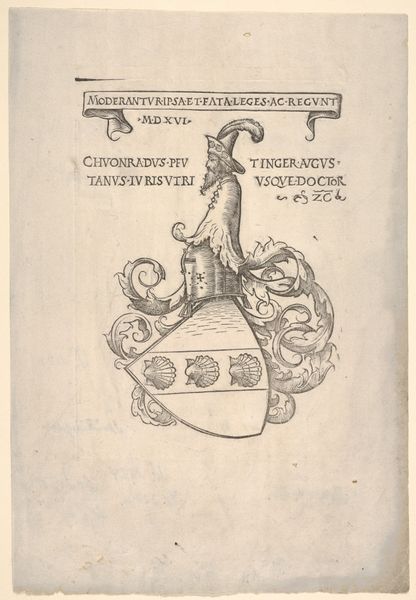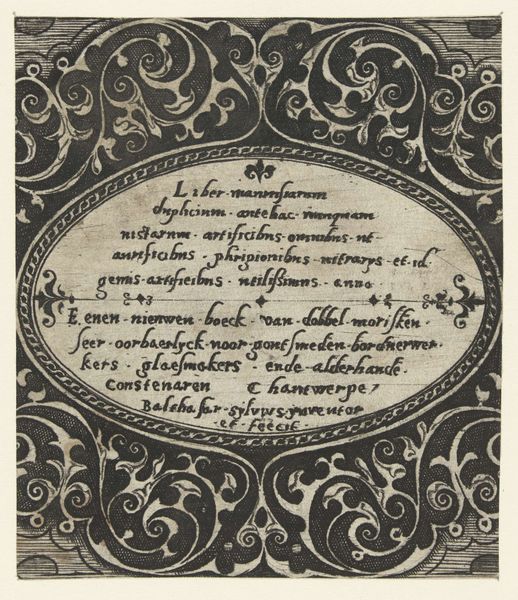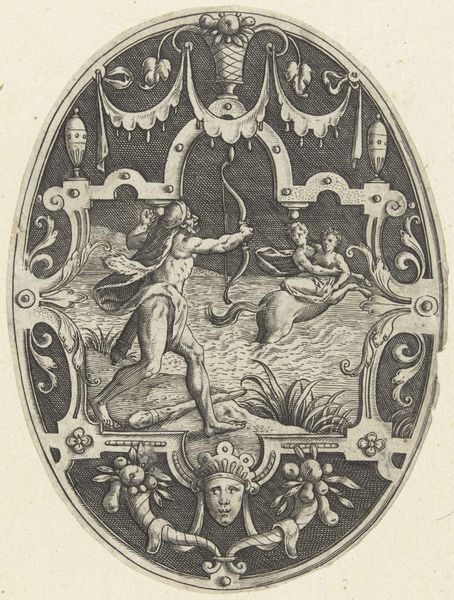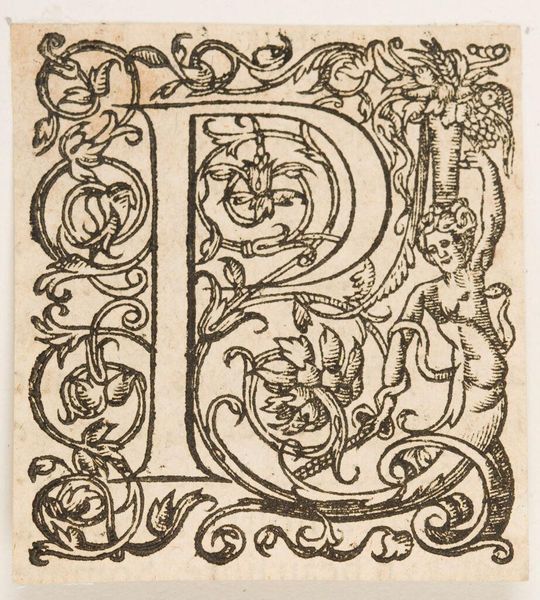
Dimensions: image: 115 x 79 mm
Copyright: NaN
Curator: This is William Blake’s ‘Spring’ from *Songs of Innocence and of Experience*, held at the Tate. It's an etching, isn't it remarkable? Editor: The texture gives it such an ethereal quality. I find it quite intimate, like a cherished page from a storybook. Curator: Blake used relief etching, an innovative method involving acid-resistant ink. It allowed him to combine text and image, a form of illuminated printing as he called it. Editor: So, he’s circumventing the typical production model of his time. Interesting to note the way Blake conflates the roles of author, artist, and printer. Curator: Absolutely! And consider how Spring, as a cultural symbol of rebirth and joy, intertwines with themes of innocence. Editor: A very hands-on approach to artistic creation. It definitely speaks to the democratization of art production. Curator: Yes, and how he weaves together text and image to convey deeper meanings. Editor: Looking at the materiality and its cultural implications, I'm struck by how radical Blake’s process was. Curator: Indeed, a revolutionary act, both artistically and socially.
Comments
tate 8 months ago
⋮
http://www.tate.org.uk/art/artworks/blake-songs-of-innocence-and-of-experience-spring-a00037
Join the conversation
Join millions of artists and users on Artera today and experience the ultimate creative platform.
tate 8 months ago
⋮
These are pages from Blake's illustrated book Songs of Innocence. The artist composed the verse and designed and printed the pages. He developed a technique for integrating both text and image onto a single etching plate for printing. This reflects the intimate relationship he saw between image and text, each being a comment upon the other. The influence of Blake's work as a writer and illustrator persisted, and he became an important model for modern artists such as Paul Nash. Gallery label, August 2004
